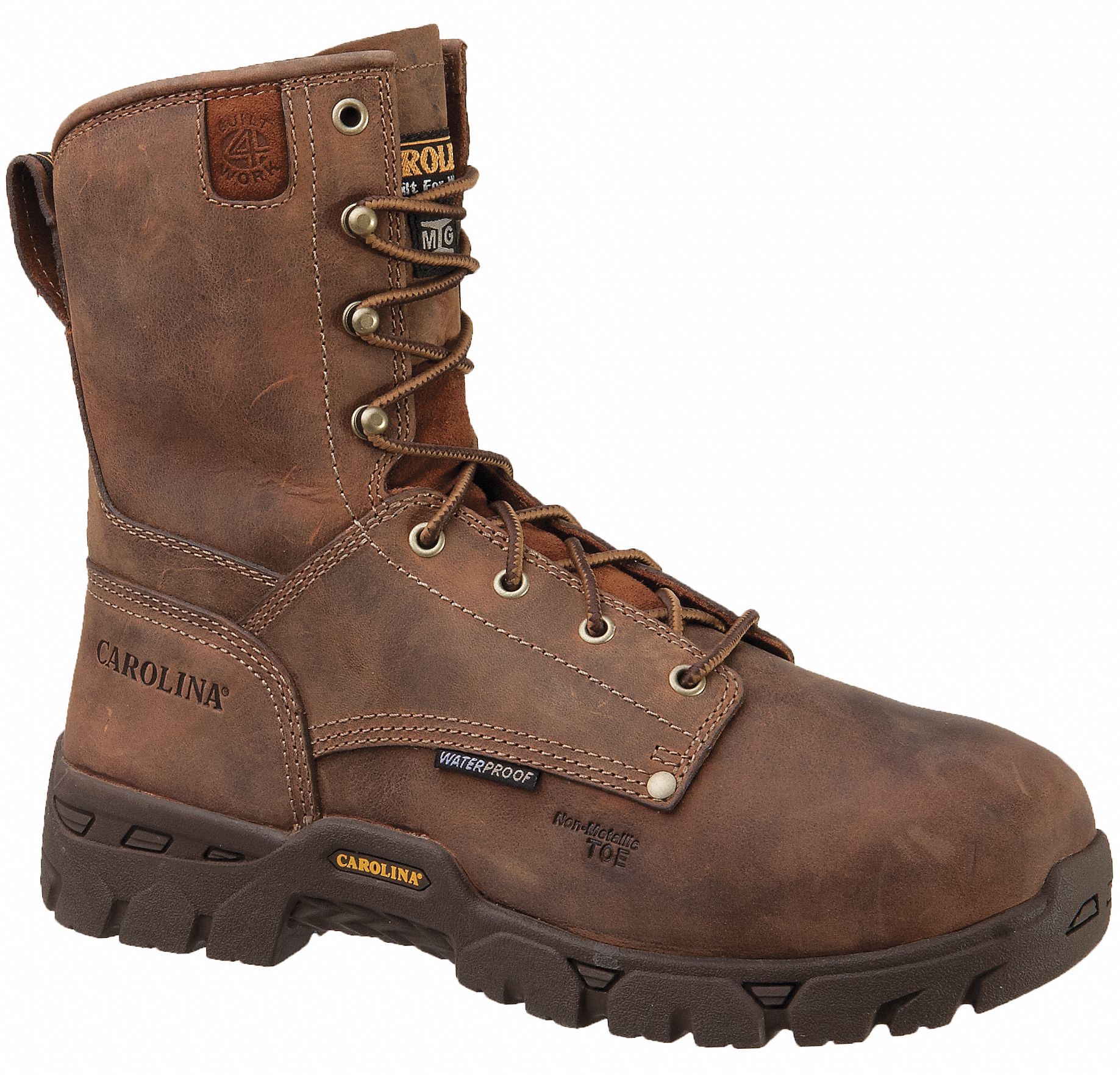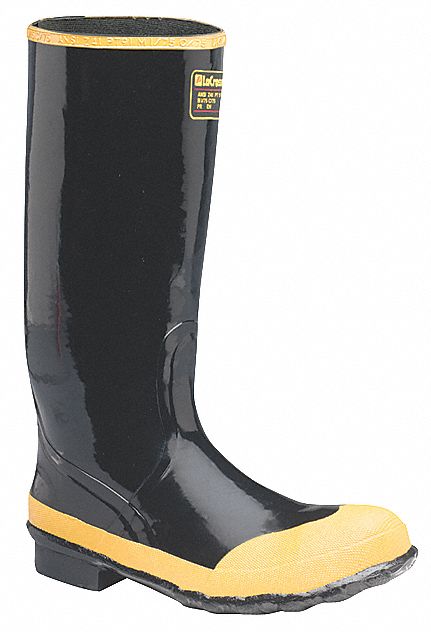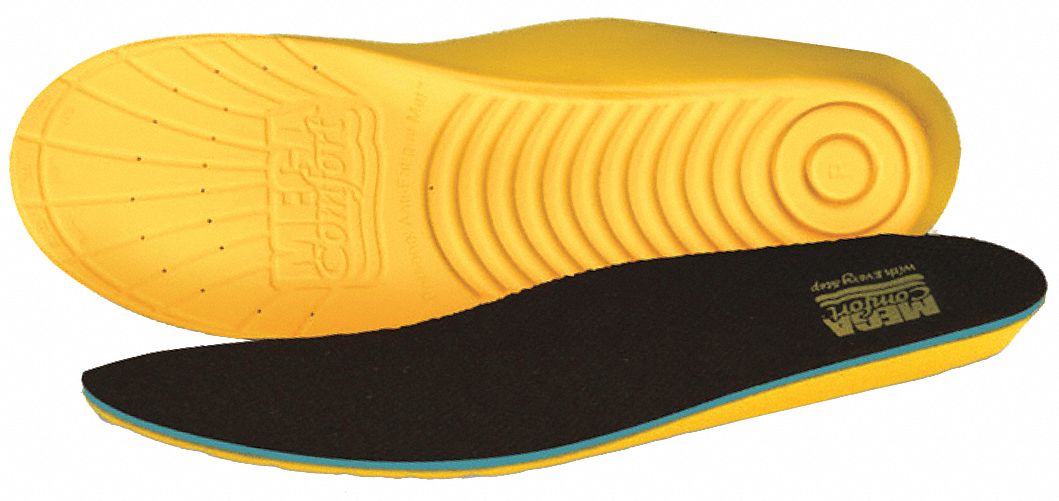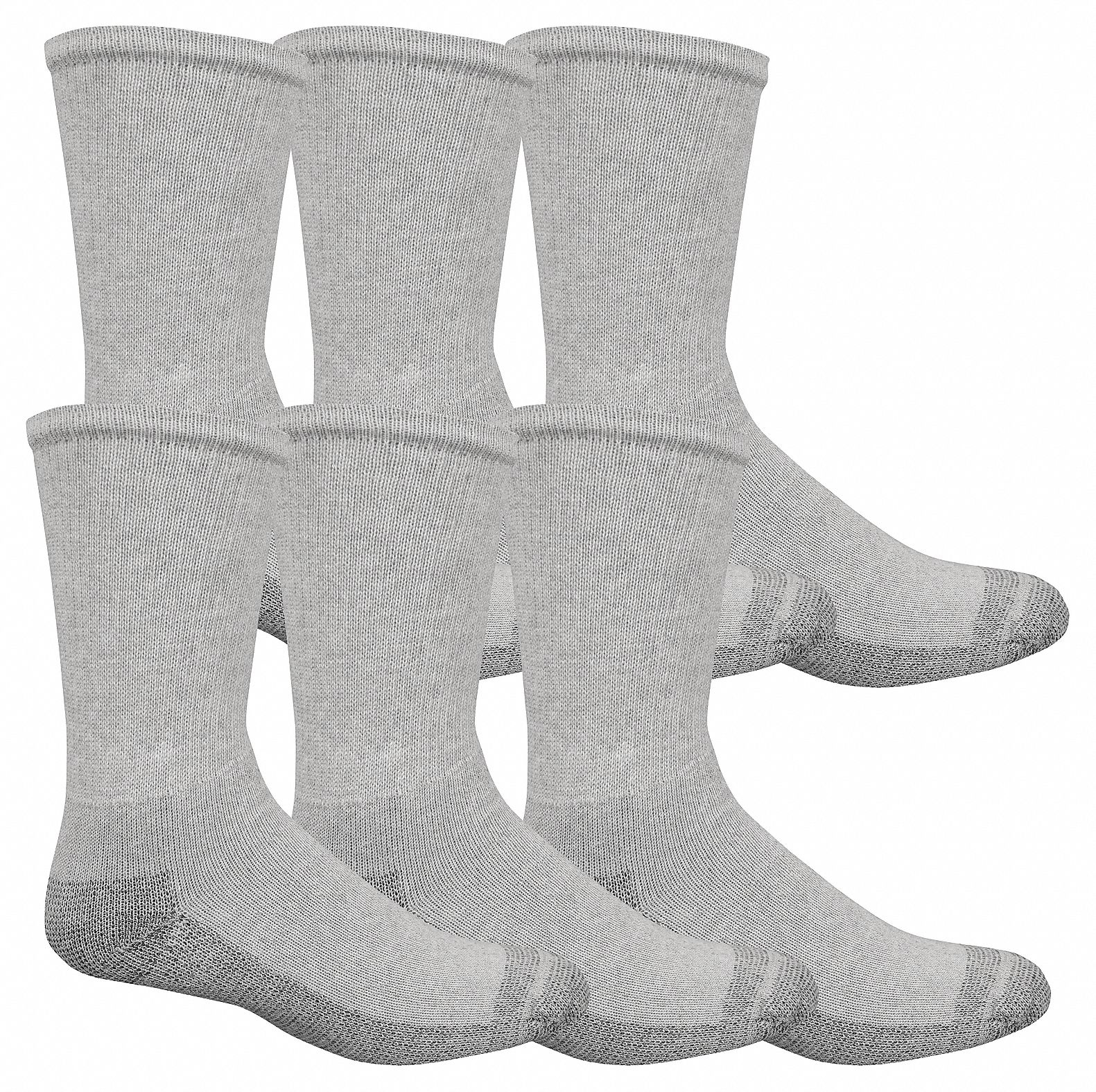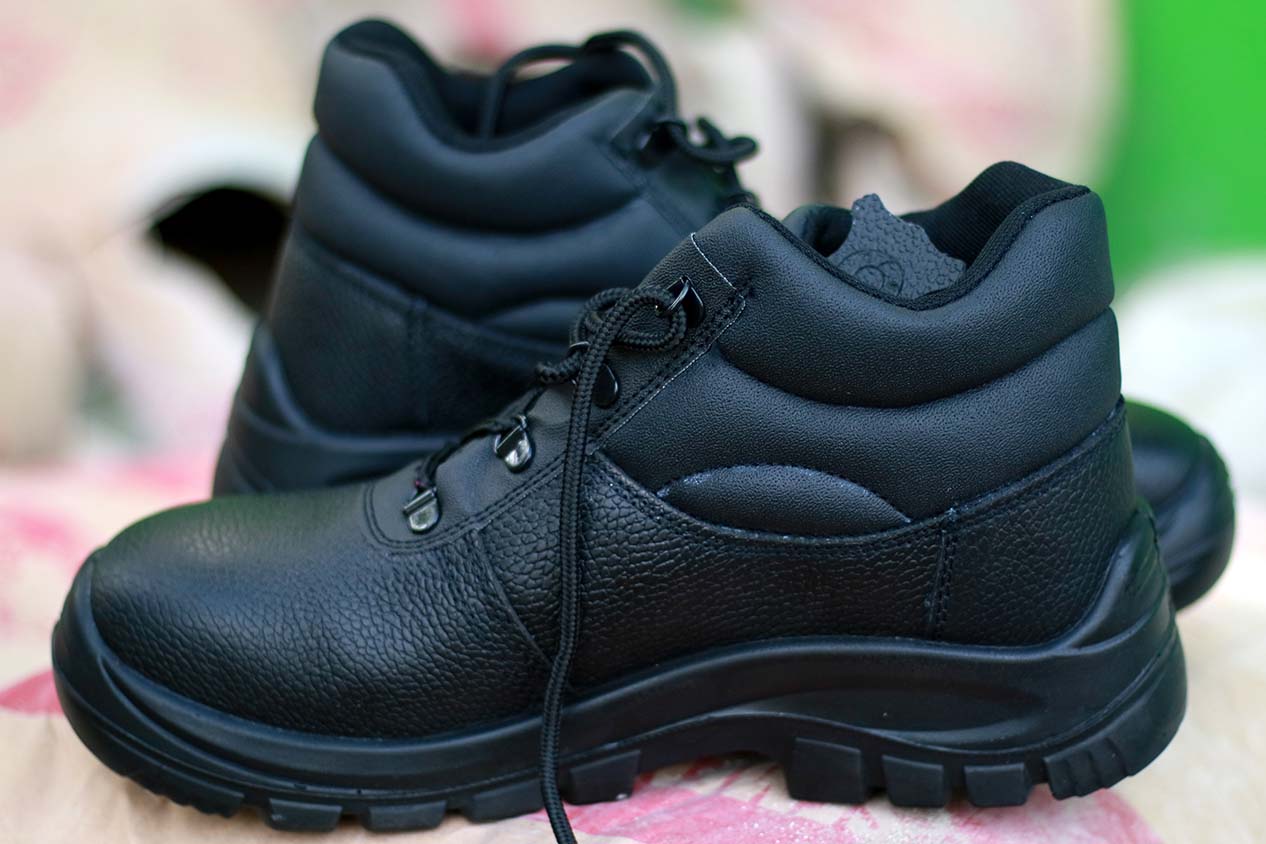

Don’t Make These 3 Mistakes with Your Company's Footwear Program
By Grainger Editorial Staff 7/1/19


There are many elements to factor in when ordering boots and shoes for the organization
Many of the hassles of creating a footwear program can be avoided with planning before ordering footwear. That is particularly true of three common footwear mistakes, which can lead to overspending and safety concerns if not properly managed.
Mistake #1 – One Size Does Not Fit All
Shoe needs are different across the workforce. Particular roles and environments will demand unique footwear. One potential headache in designing a footwear program is to make assumptions about the “average” worker that do not consider all of your needs.
Workers with specific requirements generally have limited options when selecting footwear. Employees with debris injury risk, chemical exposure, or grip requirements will need specific types of footwear to get the job done safely and correctly. Those with foot conditions such as pronation that affect the angle at which their foot makes contact with the ground can also require specific shoes or fittings. Even less critical details such as sock thickness, the need for insoles, or foot width can require specialized orders.
When footwear needs are assumed, and do not meet the actual requirements set by the team, the purchase is liable to go to waste. Ensure that you have input from both the team and those with special footwear needs to make the right purchase.
Mistake #2 – Budget Shoes Break Down
When buying footwear in bulk for a larger organization, the temptation to save money by purchasing more budget-friendly footwear can be compelling. In many organizations, the demands may be met by budget footwear, making it a great fit. However, budget footwear comes with its own problems that can turn into expensive issues at scale.
Budget equipment of any type typically has a significantly lower upfront cost, but is prone to have a shorter service life and break faster. In some cases, you may end up needing to constantly rebuy the budget product, spending more than anticipated and more than the cost of quality footwear.
Budget footwear may lack more advanced safety and comfort features such as steel reinforcement and waterproofing. While these features may not be necessary in certain environments, they will be vital in situations that require reliable protection. This means reordering and replacing equipment that fails to meet the need.
Consider the workload, required features, and reordering schedule before investing in less expensive footwear. The upfront cost savings could be quickly consumed by replacements and injuries.
Mistake #3 – Standards Are Not Met
Footwear generally needs to meet binding and non-binding standards for quality and safety, such as ASTM F2413-11. This standard establishes the performance requirements for safety footwear used to protect employees from a variety of hazards.
Often, budget or bulk footwear will make claims about safety and quality, but not meet independent standards. While these boots and shoes appear normal at first glance, they may not be able to withstand falling equipment, outsole puncture, or electrical exposure.
The risks in not providing footwear that meets standards range from early footwear failure to employee injury and possible legal issues. The failure to provide safe, effective equipment could potentially lead to issues of liability for your organization.
Your footwear program benefits from purchasing shoes and boots that meet standards, to save money and reduce reordering, all while keeping workers safe and productive.
![]()
The information contained in this article is intended for general information purposes only and is based on information available as of the initial date of publication. No representation is made that the information or references are complete or remain current. This article is not a substitute for review of current applicable government regulations, industry standards, or other standards specific to your business and/or activities and should not be construed as legal advice or opinion. Readers with specific questions should refer to the applicable standards or consult with an attorney.

